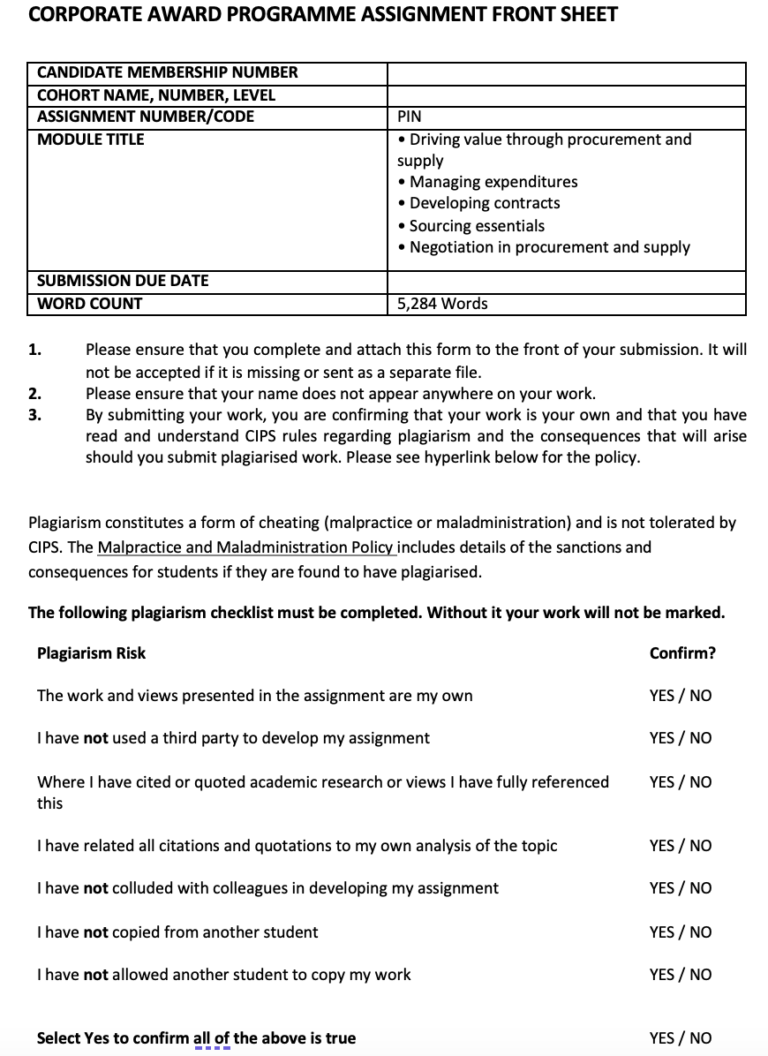Description
Question
Recommendation (500 words)
Present a marketing recommendation that directly addresses the identified challenges. Explain why this recommendation is essential and how it will help Proximie achieve its growth objectives. Use relevant frameworks to justify how the recommended strategy will support Proximie’s marketing goals and position the company effectively within its industry.
Solution
Recommendation
In order to respond to the identified Marketing challenges, Proximie should employ a Regionalised Marketing Strategy (Yeung, 2020). This approach entails customising marketing and partnerships as per particular geographic and economic regions, thereby making Proximie able to more effectively position itself in a competitive global healthcare landscape. This strategy can focus on various initiatives such as:
Customised Marketing Campaigns
The regionalised marketing strategy could focus on creating region-specific compelling marketing campaigns which aligns with local healthcare demands as well as cultural context. The segmentation of the market and its targeting and positioning can be done in Proximie by using STP (Segmentation, Targeting, Positioning) framework (Correia & Rodrigues, 2023). For example, in low resource countries such as the US, Proximie can focus on technology that is pioneering and outcomes that are proven with leading health institutions. On the contrary, for low and middle income countries the company should focus on the accessibility, and to carry on in low bandwidth. This approach solves the economic and social challenges pointed out earlier in the PESTLE analysis, which makes Proximie be relevant and valuable to different settings.
Strategic Partnerships
Additional credibility…
Please click herein to access this project in full
Related Papers
(Solution) Oakwood Level 5 5HR03 Reward for performance and contribution
(Solution) CIPS ADNOC APGCM Module: Contract & Category Management in P&S
- Implement one AI-driven analytics platform by Q4 2024, integrating with existing systems and training staff to enhance forecasting accuracy and negotiate a 10% reduction in supplier costs, led by the IT, procurement, and finance departments. Despite potential initial costs and staff adaptation challenges, this initiative aims to achieve a 15% increase in forecasting accuracy.
- Fully deploy advanced supply chain management software by Q2 2025, partnering with a leading provider and training teams to reduce disruptions by 20%, thus increasing overall supply chain efficiency by 5%. This effort involves collaboration between supply chain management, IT, and vendor management teams, despite initial disruptions and high upfront costs.
- Establish a cross-functional compliance team by Q3 2024 to develop three new policies annually, ensuring 100% compliance with regulations and enhancing reputation metrics by 15%. Led by legal, compliance, and HR departments, this initiative aims to overcome resistance to policy changes and resource-intensive monitoring efforts.
- Implement three financial instruments (futures, options, currency swaps) by Q3 2024, collaborating with financial experts to reduce financial risks by 20% and achieve a 10% increase in financial stability. This effort, led by finance, risk management, and external advisors, addresses potential challenges in market volatility and regulatory constraints.
- Engage multiple suppliers and form five strategic partnerships by Q4 2024, increasing supplier diversity by 30% and improving supply chain reliability metrics by 10%. Led by procurement, vendor management, and supply chain analysts, this initiative aims to mitigate dependency risks and manage supplier relationships effectively. Potential challenges include maintaining consistency in product/service quality across diverse suppliers and increased administrative burden in managing multiple partnerships.
- Conduct market and competitor analyses twice a year starting Q3 2024, aiming to increase procurement cost savings by 15% through better negotiation strategies and timely market insights. This effort, involving procurement, and strategy departments, addresses challenges in data availability and competitive analysis capabilities. Potential challenges include delays in obtaining and analysing market data and difficulty in predicting competitive moves accurately.
(Solution) CIPD business case for creating a coaching culture within your own organisation, or one that is familiar to you
(Solution) Level 5 5HR01 Employment relationship management Assessment ID / CIPD_5HR01_22_01
(Solution) CIPS PIN Final Assessment Negotiation in procurement and supply
- In this integrative assessment for Corporate Award Program establishes it has provided a formal commercial negotiation for Occidental of Oman operating in oil and gas industry.
- Commercial negotiation plan has been developed by reference to data, factual information and CIPS tools. HSE and chemicals portfolio spend category has been identified and evaluated in-depth to come up with an appropriate negotiation plan.
- The importance of identifying the HSE and Chemicals are informed by the previous COVID-19 pandemic which has informed on the need for adopting healthy business environment which is free from any infections.
- Further, coming from the pandemic where the level of business operations had significantly reduced and the organisation need to restart their operations by cleansing their systems and machines. In this case, the need for HSE and the chemicals portfolio in Occidental of Oman has been in an upward trajectory.
- For negotiation successful implementation, Occidental of Oman involves professionals, terms and conditions initiated, holistic readiness and streamlined procurement and supply chain approaches. This is with good forecast and plans being core for guaranteeing customers services delivery on time.
- From the analysis, different tools including SWOT, PESTLE and 4R’s have evidenced that Occidental of Oman is always on the advantage of ensuring they achieve the Best Alternative for Negotiated Agreement (BATNA).
- Also, this report highlight the need for holistic planning by prioritising on all expectation from the initial opening to the closure and agreement phases of negotiation.



